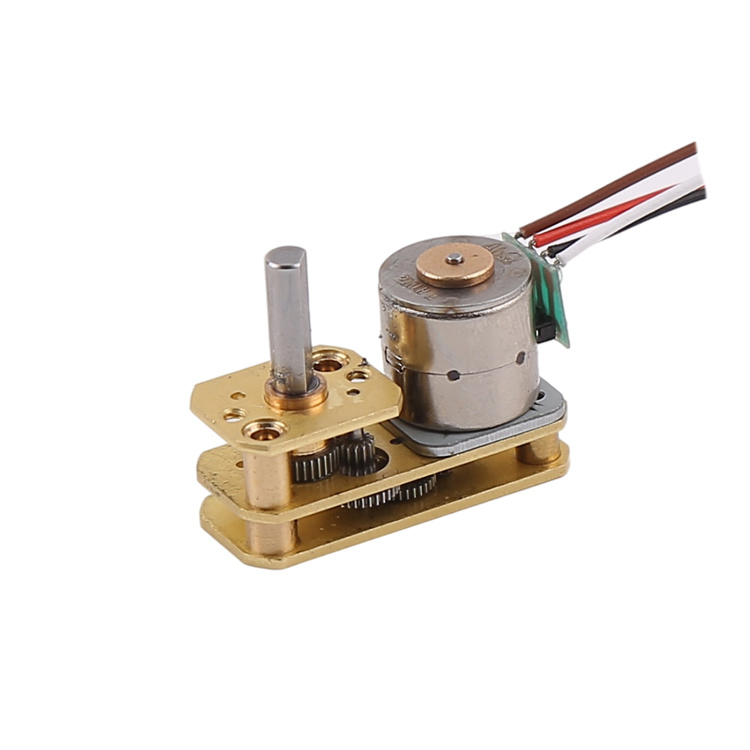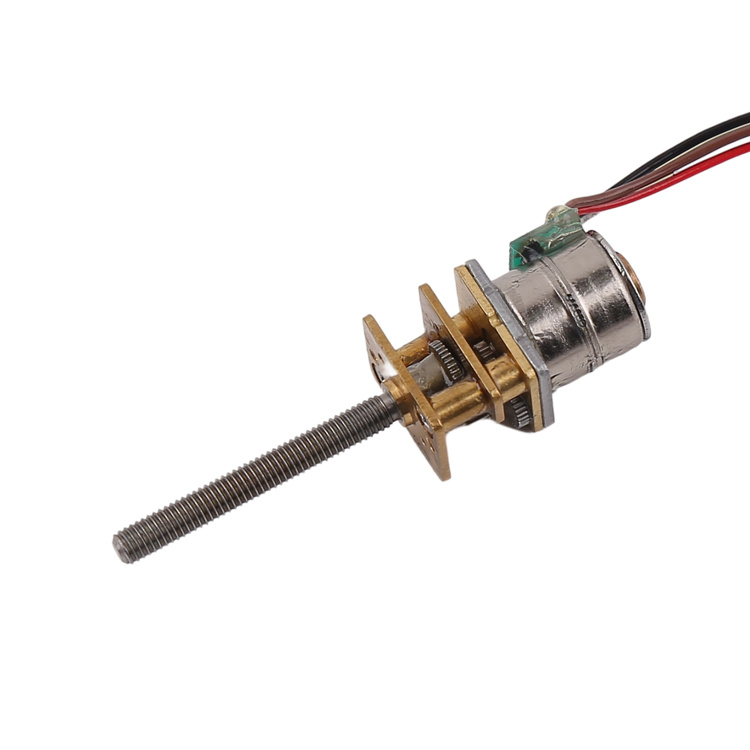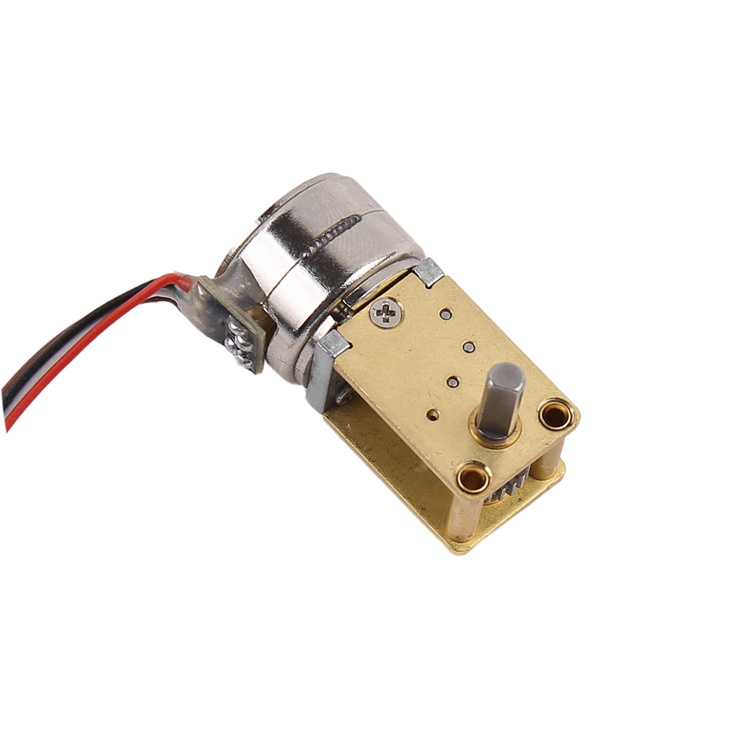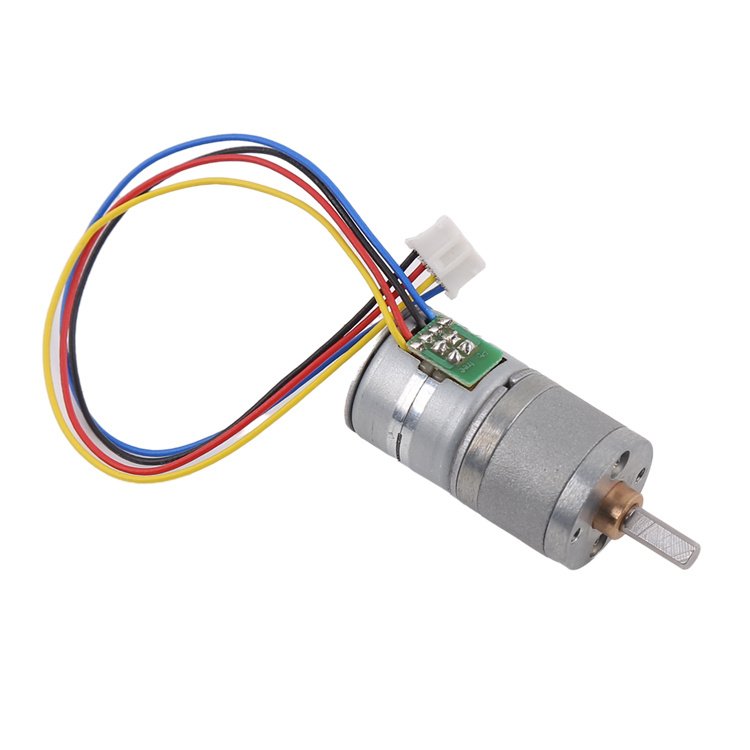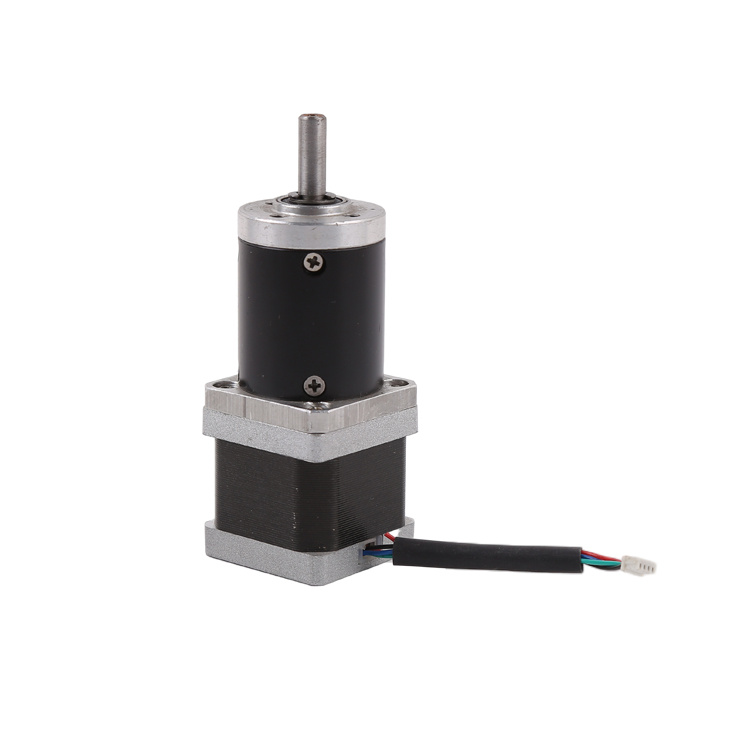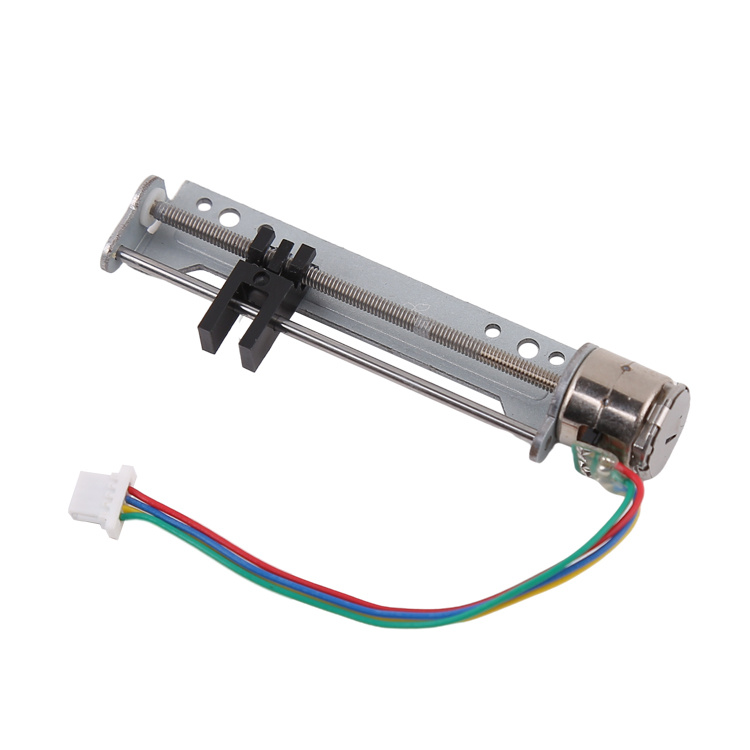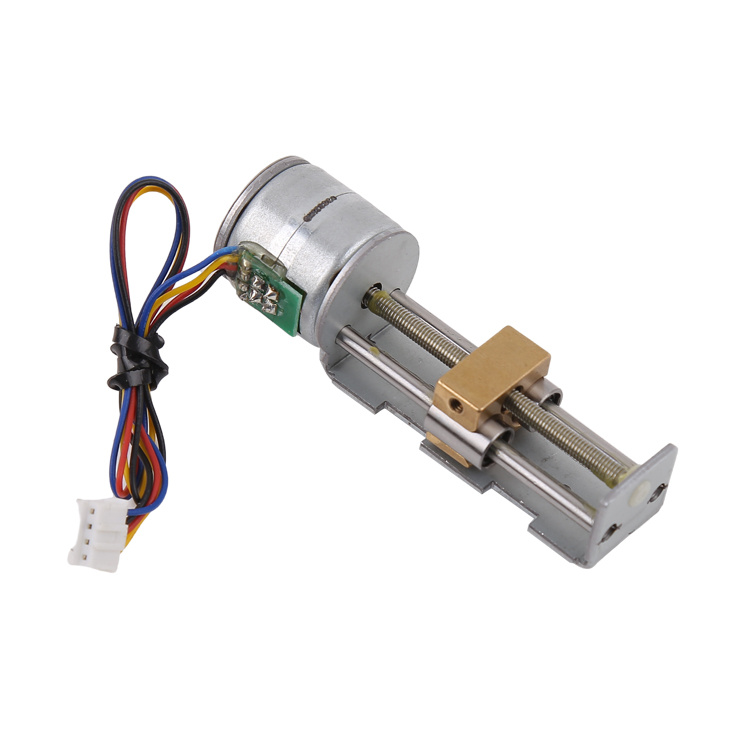01
I u stejného krokového motoru se charakteristiky moment-frekvence značně liší při použití různých schémat pohonu.
2
Když je krokový motor v provozu, pulzní signály jsou postupně přidávány do vinutí každé fáze v určitém pořadí (tak, že vinutí jsou napájena a odpojena prstencovým rozdělovačem uvnitř budiče).
3
Krokový motor se liší od ostatních motorů tím, že jeho jmenovité jmenovité napětí a jmenovitý proud jsou pouze referenční hodnoty. Protože krokový motor je napájen pulzy, napájecí napětí je jeho nejvyšší napětí, nikoli průměrné napětí, takže krokový motor může pracovat i mimo svůj jmenovitý rozsah. Volba by se však neměla příliš odchylovat od jmenovité hodnoty.
4
Krokový motor nemá žádnou kumulovanou chybu: přesnost krokového motoru je obecně tři až pět procent skutečného úhlu kroku a chyba se nekumuluje.
5
Maximální přípustná teplota vnějšího povrchu krokového motoru: vysoká teplota krokového motoru nejprve demagnetizuje magnetický materiál motoru, což vede k poklesu točivého momentu nebo dokonce k jeho vychýlení z taktu, takže maximální přípustná teplota vnějšího povrchu motoru by měla záviset na bodu demagnetizace magnetického materiálu různých motorů; obecně je bod demagnetizace magnetického materiálu vyšší než 130 stupňů Celsia a u některých dosahuje dokonce více než 200 stupňů Celsia, proto je zcela normální, že krokový motor má vnější povrchovou teplotu 80–90 stupňů Celsia. Proto je zcela normální, že vnější teplota krokového motoru je 80–90 stupňů Celsia.
Točivý moment motoru se snižuje se zvyšující se rychlostí otáčení: když se krokový motor otáčí, indukčnost vinutí každé fáze motoru vytváří zpětnou elektromotorickou sílu; čím vyšší je frekvence, tím větší je zpětná elektromotorická síla. V důsledku jejího působení se fázový proud motoru snižuje se zvyšující se frekvencí (nebo rychlostí), což vede ke snížení točivého momentu.
7
Krokový motor může běžet normálně při nízkých otáčkách, ale pokud je frekvence vyšší než určitá, nemůže se spustit a je doprovázen pískavým zvukem. Krokový motor má technický parametr: spouštěcí frekvenci bez zátěže, to znamená, že krokový motor se v stavu bez zátěže může spustit s pulzní frekvencí. Pokud je pulzní frekvence vyšší než tato hodnota, motor se nemůže normálně spustit a může dojít ke ztrátě kroku nebo zablokování. V případě zátěže by měla být spouštěcí frekvence nižší. Pokud má motor dosáhnout vysokých otáček, měla by být pulzní frekvence zrychlena, tj. spouštěcí frekvence by měla být nízká, a poté zrychlena na požadovanou vysokou frekvenci (otáčky motoru z nízké na vysokou).
8
Napájecí napětí pro hybridní ovladače krokových motorů má obecně široký rozsah a obvykle se volí podle provozní rychlosti a požadavků na odezvu motoru. Pokud je provozní rychlost motoru vysoká nebo je požadavek na rychlou odezvu rychlý, je i hodnota napětí vysoká, ale dbejte na to, aby zvlnění napájecího napětí nepřekročilo maximální vstupní napětí ovladače, jinak by mohlo dojít k poškození ovladače.
9
Proud napájecího zdroje se obecně určuje podle výstupního fázového proudu I budiče. Pokud se použije lineární napájecí zdroj, lze proud napájecího zdroje uvažovat jako 1,1 až 1,3násobek I. Pokud se použije spínaný napájecí zdroj, lze proud napájecího zdroje uvažovat jako 1,5 až 2,0násobek I.
10
Pokud je signál FREE pro offline režim nízký, proudový výstup z budiče do motoru je odpojen a rotor motoru je ve volném stavu (offline stav). U některých automatizačních zařízení, pokud je vyžadováno přímé otáčení hřídele motoru (ruční režim) bez napájení pohonu, lze signál FREE nastavit na nízkou úroveň, aby se motor přepnul do offline režimu pro ruční ovládání nebo seřízení. Po dokončení ručního ovládání se signál FREE opět nastaví na vysokou úroveň, aby se pokračovalo v automatickém řízení.
11
Jednoduchý způsob, jak upravit směr otáčení dvoufázového krokového motoru po jeho zapnutí, je prohodit póly A+ a A- (nebo B+ a B-) na motoru a budiči.
Čas zveřejnění: 20. května 2024

